What grass to plant here?
chrisloved
14 years ago
Related Stories

GARDENING GUIDESGreat Design Plant: Purple Needle Grass, California’s State Grass
The long-lived, drought-tolerant Stipa pulchra is as admired for its benefits as for its good looks
Full Story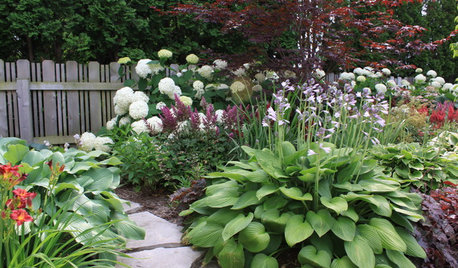
MOST POPULARSpring Gardens Are Blooming — Here’s What to Do in April
Get the guide you need for gardening in your U.S. region, with tasks, climate-appropriate plantings and more
Full Story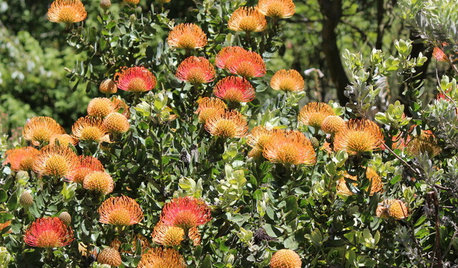
GARDENING GUIDESKeep Your Cool in the Garden — Here’s What to Do in August
Don’t let summer’s heat go to your head. These U.S. gardening guides will help you make sensible choices for all of your plantings
Full Story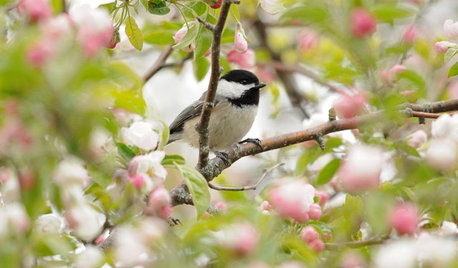
SPRING GARDENINGSpring Gardens Are Waking — Here’s What to Do in March
Excitement fills the air when gardens come back to life. These guides will help you make the most of yours
Full Story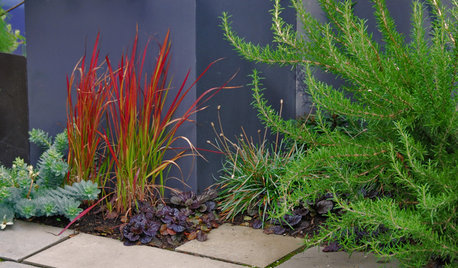
RED FOLIAGEGreat Design Plant: Japanese Blood Grass
This dramatic, ruby-tinged grass bridges the gap between red and green, short and tall plants
Full Story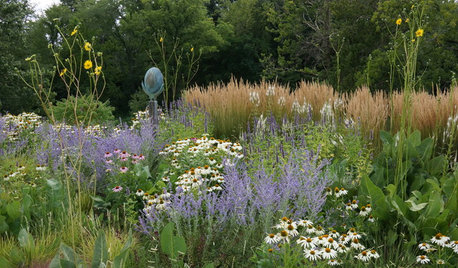
GARDENING GUIDES6 Gorgeous Plant Combos With Low-Water Ornamental Grasses
Use a variety of plant heights, textures and sizes, as well as leaves and flowers in varying colors, for a pleasing design
Full Story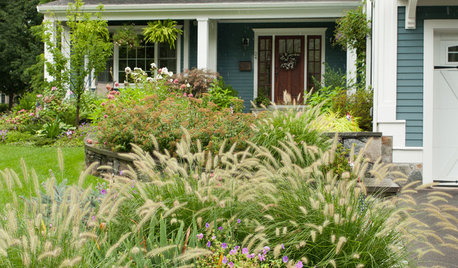
LANDSCAPE DESIGNGreat Design Plant: Lively Fountain Grass Thrives Just About Anywhere
Enjoy fountain grass for its exuberant form, long-lasting color and texture for borders and more
Full Story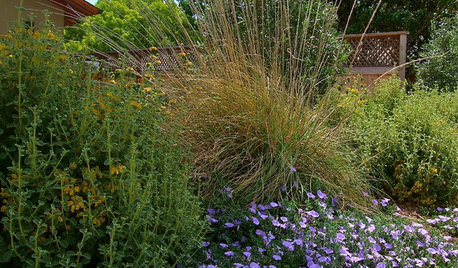
GRASSESGreat Design Plant: Deer Grass
Give wildlife a snack and give yourself a break — this food-source grass is easygoing in many climates and conditions
Full Story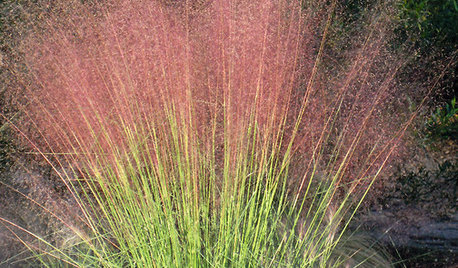
SUMMER GARDENINGGreat Design Plant: Pink Muhly Grass
Bring billowing clouds of pink to your yard with this heat-tolerant, sun-loving ornamental grass
Full Story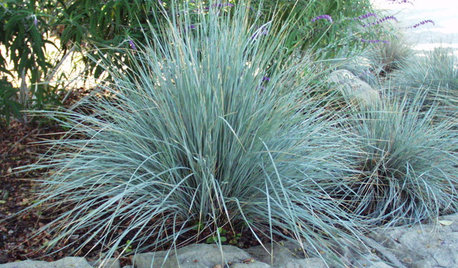
BLUE AND GRAY FOLIAGEGreat Design Plant: Blue Oat Grass
For soothing coolness in a garden or container, this evergreen grass is the low-maintenance and hardy choice to know
Full Story





bpgreen
bpgreen
Related Professionals
Comstock Park Landscape Architects & Landscape Designers · Alexandria Landscape Contractors · Norwood Landscape Contractors · Burien Landscape Contractors · Lewisville Landscape Contractors · Little Ferry Landscape Contractors · Peoria Landscape Contractors · Selden Landscape Contractors · Soddy Daisy Landscape Contractors · Wentzville Landscape Contractors · Golden Valley Landscape Contractors · Beverly Hills Siding & Exteriors · Bronx Siding & Exteriors · Callaway Siding & Exteriors · Manassas Siding & Exteriorsaquawise
bpgreen
aquawise
bpgreen
aquawise
bpgreen
aquawise
bpgreen
aquawise
bpgreen
bcreighton7